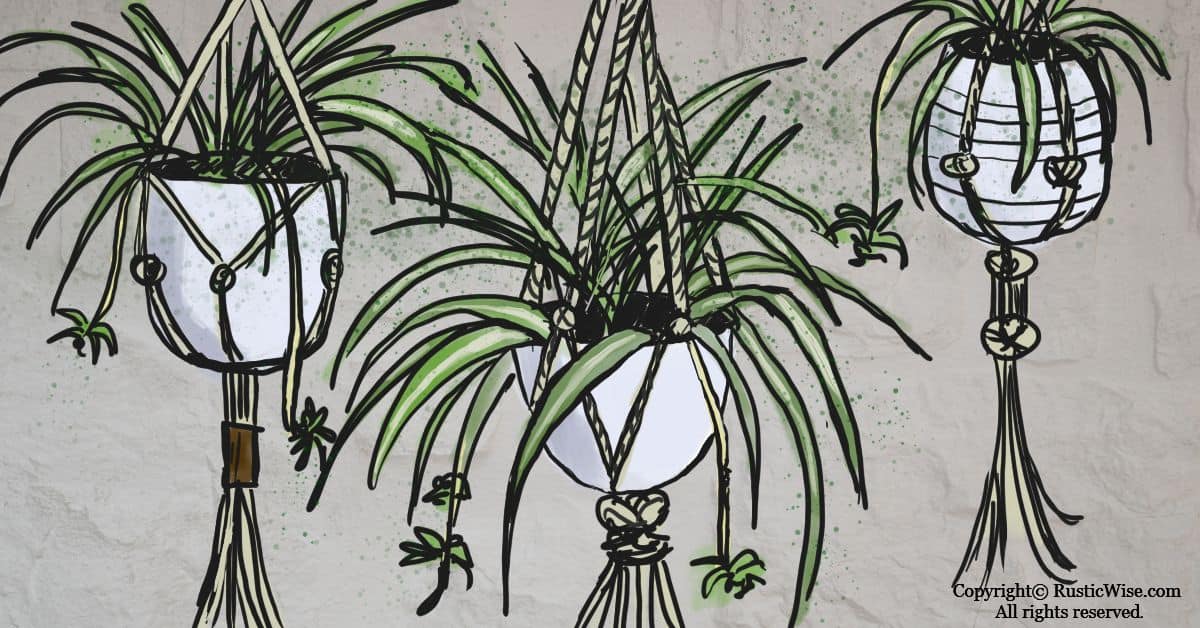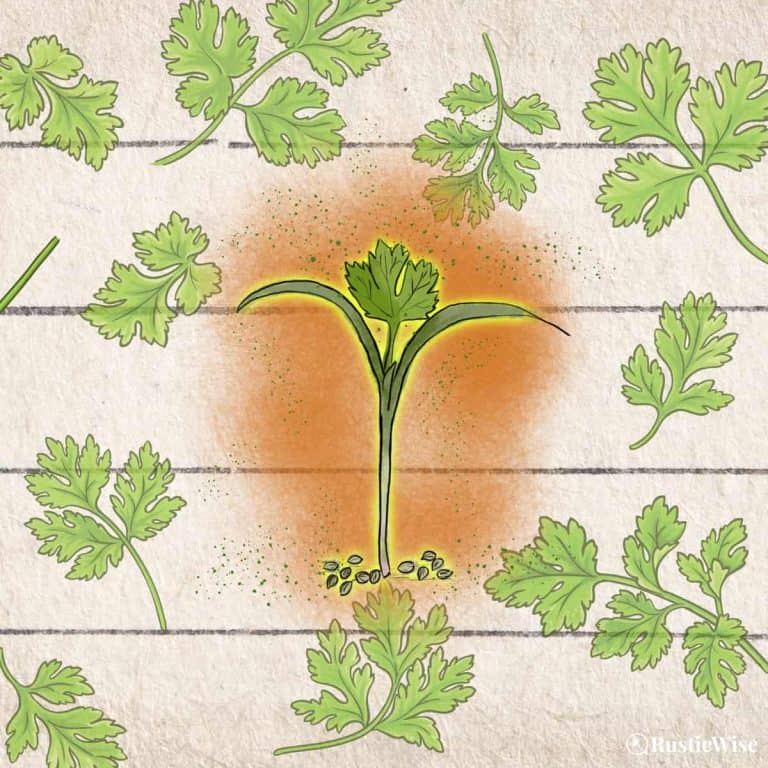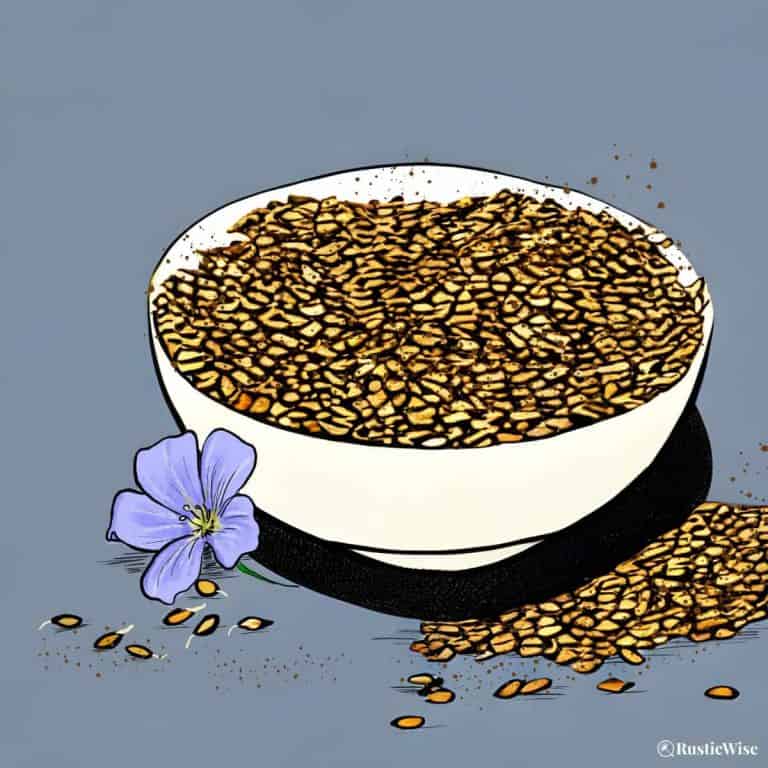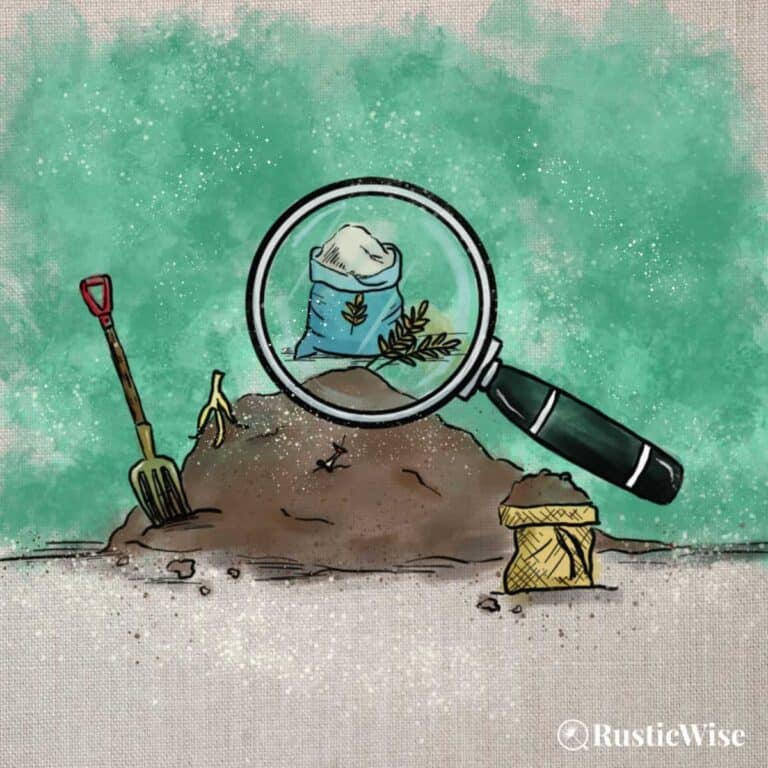Everything You Need To Know About Spider Plant Care Indoors
If you happen to be a neglectful plant owner, then an indoor spider plant may be perfect for you. Spider plants are resilient and low-maintenance. Even so, it helps to know how to take care of this houseplant. We’ve put together a guide to spider plant care indoors to ensure you have a healthy spider plant on your hands.
With their thin, light-green leaves that curve gracefully, spider plants (Chlorophytum comosum) make great hanging plants. While there are some cultivars that are purely green, most spider plants have a tell-tale white or light-yellow stripe down the middle of each leaf.
Spider plants (sometimes called airplane plants) get their namesake from the spindly, small plantlets that form after flowering. They are also known as spider ivy, ribbon plant, hens and chickens (I love this name!), or St. Bernard’s lily.
While you can buy spider plants at greenhouses, you can also grow them easily from spider plantlets. So, if you have a friend with a few extra spider babies (aka “pups”), snag a couple to easily start your own plant.
Why choose a spider plant?
When choosing a new houseplant, it’s important to select one that thrives within your household’s lighting, temperature and humidity, or the level of care you’re willing to give it.
When it comes to spider plant care indoors, most indoor environments work well. And with its low-maintenance needs, you really can’t go wrong.
The key to taking good care of a spider plant is to take a Goldilocks approach (moderation): not too much (or too little) water; not too much (or too little) sunlight. This middle-of-the-road approach is why spider plants are easy to care for and great choice for newbie plant parents.
One of the best reasons to choose a spider plant is its air-purifying qualities. Since many of us are spending more time indoors nowadays, air quality is a concern.
A study by NASA examines the affect of common houseplants on indoor air quality and their effectiveness in removing chemicals in the air. Spider plants were found to be especially effective in removing formaldehyde.
Common chemicals found in indoor air include:
- Formaldehyde
- Benzene
- Acetone
- Ammonia
- Trichloroethylene
- Carbon monoxide
Formaldehyde is an “off-gas” produced by common household products including wood products (flooring, resins on furniture, etc), carpets, and natural gas/propane stoves.
If you’re looking to clean the air in your home or office, while adding a splash of green, you really can’t go wrong with a spider plant!
Spider plant care indoors: lighting and temperature requirements
How much light does a spider plant need? If you don’t have a sunny, south-facing window, don’t fret. Spider plants require bright to moderate indirect sunlight. Direct sunlight may be too much for these plants, and you may end up with burnt leaves.
I have kept one (of many) spider plants in a north-facing window with a semi-sheer curtain drawn half the time. And it’s still doing well!
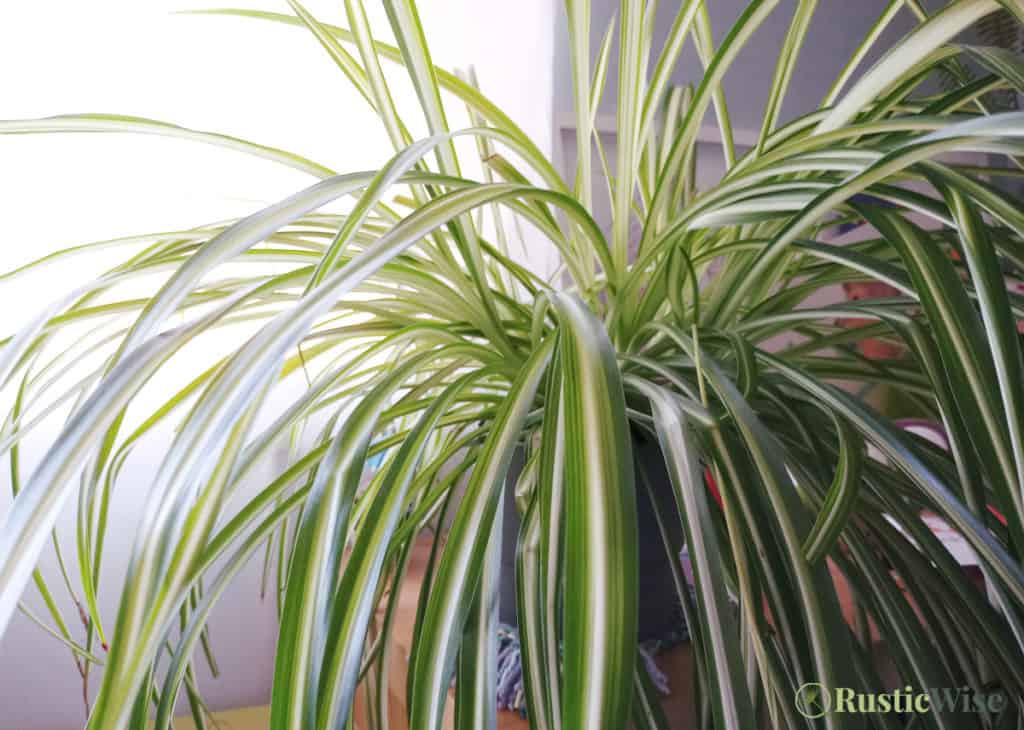
Spider plants don’t like the cold, however. So if you live in a cold climate, place them further away from the windows during winter months.
The ideal daytime temperature for spider plants is between 65-75 degrees Fahrenheit (18-24 degrees Celsius). This is roughly room temperature which is why spider plants make ideal houseplants. At nighttime, they can tolerate temperatures as low as 55 degrees Fahrenheit (13 degrees Celsius).
In terms of humidity, spider plants may tolerate low humidity. But, if we’re being completely honest, they prefer environments with a bit of humidity. If you live in a dry climate, keep your spider plant well-misted to avoid brown tips on the leaves. You can also keep your plant in a room with humidity, such as the bathroom.
How to water your spider plant
Spider plants like to be well-watered. Remember to space out each watering so that the top inch feels dry between waterings. Avoid overwatering as this may lead to root rot, or brown tips on leaves. Ensure your pot has drainage holes.
Adjust your watering schedule according to the season and weather. Water more in active growing seasons, or when temperatures are hotter (spring and summertime). During warmer months, or if you live in a dry climate, your plant may benefit from a water mister. Spider plants require less water during the fall and winter months.
I live in a cold, dry climate and find that my spider plants do well with a good watering once a week.
Spider plants don’t like fluoride or chlorine. If your tap water contains these two chemicals, or if you have hard tap water, you might need to use distilled water.
Spider plant soil requirements
A well-draining potting soil should do the trick. This allows adequate drainage and even watering.
As long as your spider plant isn’t too wet, or too dry, it should be happy.
Spider plant food requirements
Spider plants do well with fertilizing once a month during periods of active growth. Use a good all-purpose, water-soluble fertilizer suitable for houseplants. Follow the directions to avoid over-fertilizing. Spider plants that are over-fertilized may develop brown edges or tips.
During fall and winter months, you can get away with fertilizing less often.
Common spider plant pests and diseases
Most indoor spider plants rarely have pests or diseases. However, here are a few common pests and diseases you may have the misfortune of discovering:
- Aphids
- Scales
- Spider mites
- Whiteflies
- Mealybugs
If you notice any of these pests on your spider plant, treat with a natural pesticide such as vinegar.
Common diseases:
- Root rot
- Leaf tip burn
The best way to get rid of root rot is to replant it in a new pot with plenty of drainage.
Tips on repotting spider plants and babies
For best long-term care, it’s best to repot spider plants once a year, for young plants, or once every 2 years for established spider plants. Their ample root growth means they can become root-bound in a small pot. Spider plants have been known to burst open plastic pots from time to time, and we don’t want that, do we?
To repot an established spider plant, pick a pot that’s slightly larger/deeper than your current pot. Avoid shallow pots which won’t provide enough room for its ample roots.
How to plant baby spider plants
Pups, plantlets, or spiderettes—these names all refer to spider plant babies. Spider plants typically produce young offshoots during the fall.
After your spider plant has produced its white flowers, you’ll notice small baby spider plants develop on the ends of long stems. You can snip these from the stem once it develops small roots, or give it some time to grow larger. I like to let it grow stronger first.
To remove a spider pup, simply snip with a pair of sharp scissors. You can either plant directly into potting soil, or place in water to allow it to grow roots.
I personally like to propagate them first in water to allow them to sprout roots. This step is optional. In a few weeks you should be able to see white roots emerging. This isn’t really necessary, but I love looking at this stage of plant growth. Plus, the spider plant baby looks gorgeous in a glass container.
Remember not to leave the plants too long in water (remove after 2-3 weeks max). Sometimes water propagated plants don’t transplant well into soil if they’ve become accustomed to their watery environment.
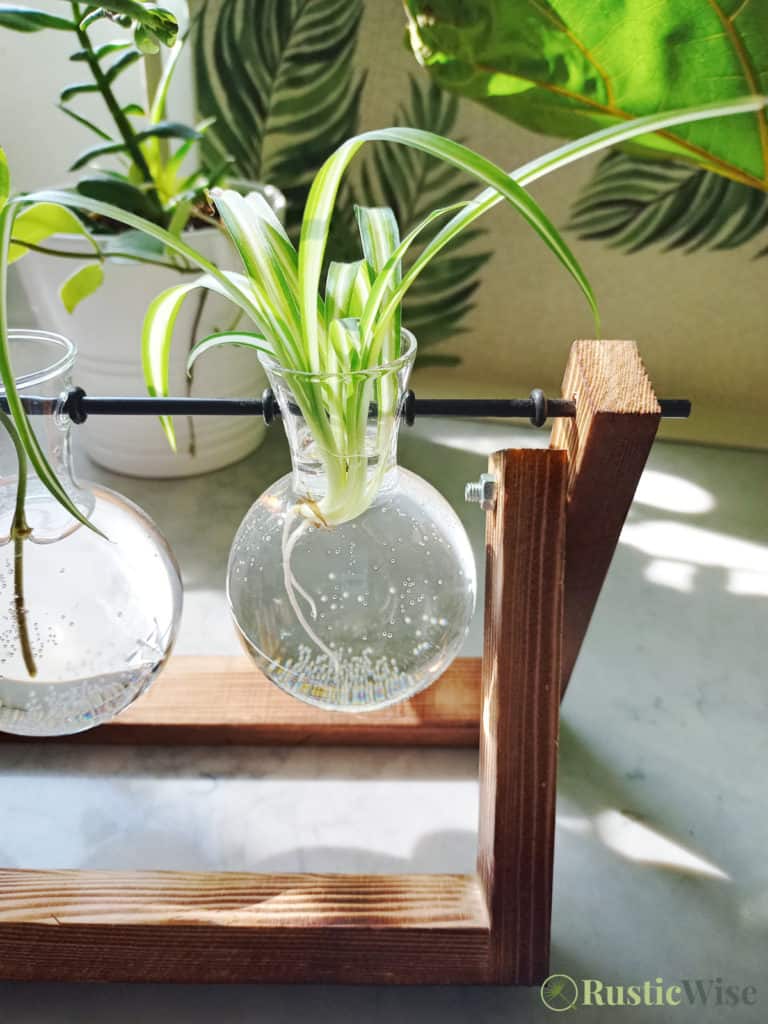
To plant spider plantlets, you can plant one per pot. Or, if you want a more lush plant, place several together in one pot allowing for some space in between.
You can also replant the baby plant in the same pot as the parent plant if it needs more filling out.
Spider plant care indoors: FAQs
Why are my spider plant’s leaves turning brown?
There are a number of factors that may cause the tips of the leaves to turn brown.
Here are a few common reasons for brown-tipped leaves:
- Overwatering
- Over-fertilizing
- Low humidity (keep your plant well-misted!)
- Water impurities (use distilled water if possible)
- Too close to window drafts or heat registers (spider plants don’t like drafts!)
You can trim the brown parts off, preferably in the spring and summer while there’s plenty of healthy growth. Avoid trimming too much in the winter months. To trim, ensure you have a sharp pair of scissors. Try to mimic the shape of the leaves when removing the brown parts. Also, remember to leave a little bit of brown behind to avoid giving your plant a fresh cut.
Can you keep spider plants outdoors?
Yes, but only if you live in a warm to moderate climate (zones 9 through 11), where nighttime temperatures don’t drop below 55 degrees Fahrenheit (13 degrees Celsius). Daytime temperatures should also be moderate, between 65-75 degrees Fahrenheit (18-24 degrees Celsius).
Spider plants can be planted outdoors as annuals. Plant them in a spot that receives moderate indirect sunlight. Or, place several spider plants outdoors in a hanger where they’ll make lovely trailing plants.
Are spider plants toxic to pets?
The ASPCA lists spider plants as non-toxic and safe for cats and dogs.
Why are my spider plant’s leaves fading?
When a spider plant’s leaves are yellowing, it’s usually one of two things. The first potential issue may be the soil (too much nutrients and minerals). You can try repotting in different soil.
The other reason is not enough sunlight. Remember that spider plants like moderate to bright indirect sunlight.
What are different types of spider plants?
The most common spider plant cultivar is Vittatum which has light-green leaves and a pale stripe down the middle. Its leaves grow between 4-8 inches long. There are also some spider plants which are purely green (non-variegated). These are rarer, and more difficult to find.
A dwarf variety by the name Mandaianum has darker-green leaves which grow to only 4-6 inches long.
A larger variety is the Reverse Variegatum which has white-rimmed leaves with green in the middle. Its leaves grow to 10-16 inches long and 1-inch wide.
How can I tell my spider plant needs repotting?
A sure-fire sign that your spider plant has outgrown its current pot is if the root ball rises above the soil line. Time for a bigger and deeper pot!

Author: Theresa Tesolin
Theresa is co-founder of RusticWise. She helps people unleash their inner DIY spirit by encouraging them to get dirty and make or grow something from scratch.

